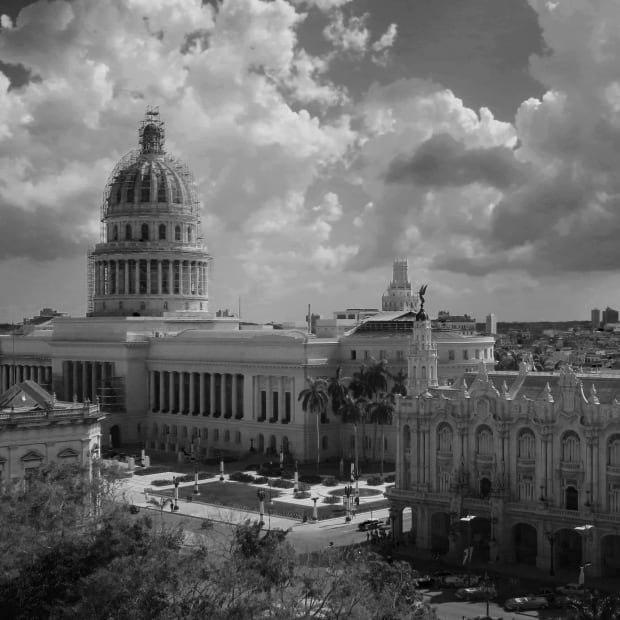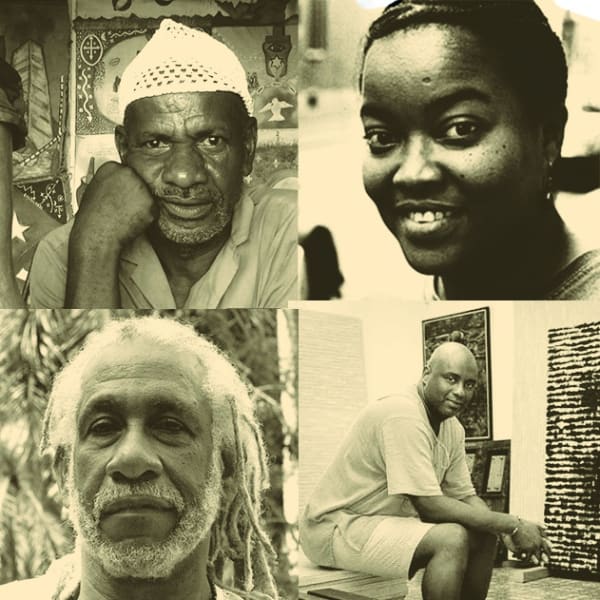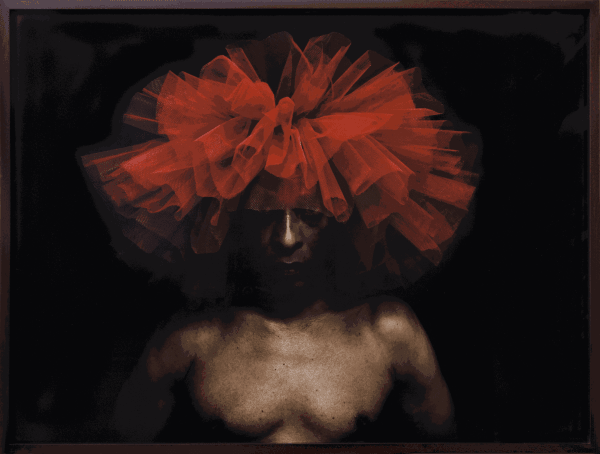-
The Watch Hill Collection
-
-
The Watch Hill Collection
The Watch Hill Collection consists of more than 450 works by contemporary Cuban artists from 1940's to the present day.
This collection seeks to fulfill an intellectual, moral, and political obligation to provoke reflection on the fabric of Cuban culture and society. It aims to link Cuba and the African diaspora not only artistically, but also socially and intellectually.
In so doing we hope it will contribute to a better understanding of the people of this unique island who remain so deeply connected to Africa.
-
-
Introducing the Watch Hill Collection: Roberto Salas
El Último Cabildo de Yemayá, 1961
Roberto Salas
El Último Cabildo de Yemayá, 1961In his series El Último Cabildo de Yemayá, 1961 , a 20-year old Salas documented the final Cabildo, a religious progression honouring Yemara, an Orisha of the sea. Captured in... -
-

-
-
Explore the collection
Artists, Exhibitions and Artworks




